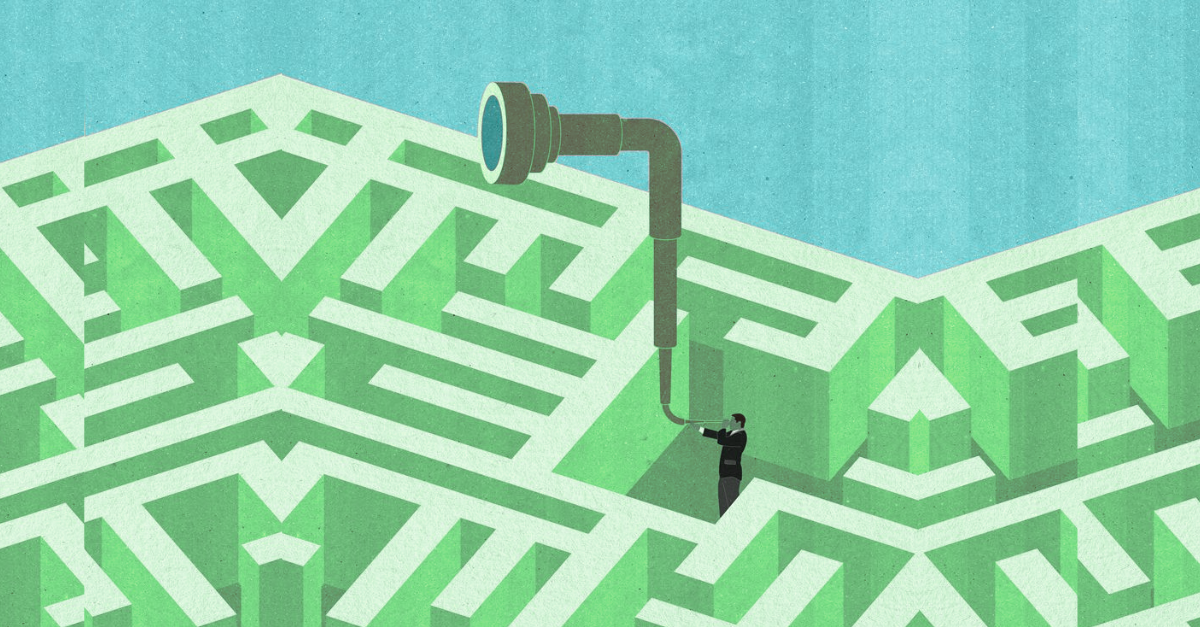The Situation Has Deteriorated Rapidly
In just the last 48 hours, conditions in Gaza have worsened dramatically. This follows my previous piece on the overnight escalation (you can find more context in that original article). At WillowFlow, we’re issuing this urgent guidance because, frankly, things look grim. While we always hope for improvement, we need to be realistic – conditions appear to be approaching intolerable levels.
Today’s Developments (March 20, 2025)
Morning: The IDF has put up barriers along Rashid Street, making north-south movement much harder. They’re being more stringent with coordination requirements, and some crossings are being denied.
Midday: Limited ground operations have kicked off, expanding the zone between northern and southern Gaza. If you need to move, you’re restricted to Rashid Road along the sea, as the Salah al-Din route remains completely closed.
Afternoon: The situation has intensified further. Ground operations are ramping up along the coast in Beit Lahiya, with a focus on what the military calls “militant infrastructure.” We’re seeing widespread airstrikes, and residents in certain areas have been warned to evacuate immediately.
The Reality on the Ground
The security situation remains incredibly volatile. Rocket attacks from Gaza frequently target Israeli urban centers, especially Tel Aviv. This cycle of rockets, counterstrikes, and heightened insecurity is severely disrupting humanitarian operations – delaying aid deliveries and making coordination incredibly complex.
Let’s be clear: humanitarian workers are facing greater danger, and civilians are frequently caught in the crossfire. We all need to stay flexible and prepared for rapidly shifting threats.
What Comes Next?
We expect ongoing military operations and airstrikes, especially in areas believed to contain militant infrastructure. Movement restrictions will likely get worse, and humanitarian access will continue to deteriorate. The risk of heightened conflict involving rockets and heavy weapons remains high.
What Your NGO Should Do Now
1. Implement Better Protection Measures
- Find and prepare safe areas or bunkers immediately. Strengthen your existing structures if possible.
- Make sure your staff have appropriate protection and know what to do under fire. Run drills until the procedures become second nature.
2. Prepare for Medical Response Where You Are
- Assume you won’t be able to evacuate medical cases.
- Stock up on trauma first aid kits and make sure staff know how to use them under pressure.
- Plan for long-term in-place care, including stabilizing critical injuries.
3. Review Your Emergency Protocols
- Every staff member needs to know your emergency protocols, SOPs, and immediate actions by heart.
- Clear communication is crucial – confusion during a crisis can be deadly.
4. Coordinate Movement & Access
- Keep your communication channels open with humanitarian coordination mechanisms.
- Work to secure safe passage for any evacuations or deliveries through neutral coordination.
5. Strengthen Your Reporting Systems
- Accurate, timely reporting enables quick decision-making when it matters most.
6. Stay Flexible
- Be ready to adjust operations as threats and access conditions change – sometimes hourly.
7. Rest and Recover at Every Opportunity
- No Comment Required.
We’re All In This Together
The cooperation between organizations since the conflict began has been remarkable. That ground-level collaboration has been essential for safety, access, and humanitarian operations. We need to keep working together, improving our coordination systems, and sharing critical information as the situation evolves.
A heartfelt thanks to everyone providing support and information to our WillowFlow team. Your contributions help us get accurate information to those who need it most. If you find this guidance helpful, please share it widely – reaching every humanitarian actor during this critical time could save lives.
Resources for Coordination
Coordination should happen at higher levels to avoid overwhelming ground teams. Connect with:
“Humanitarian workers are facing greater danger, and civilians are frequently caught in the crossfire. We all need to stay flexible and prepared for rapidly shifting threats.”






